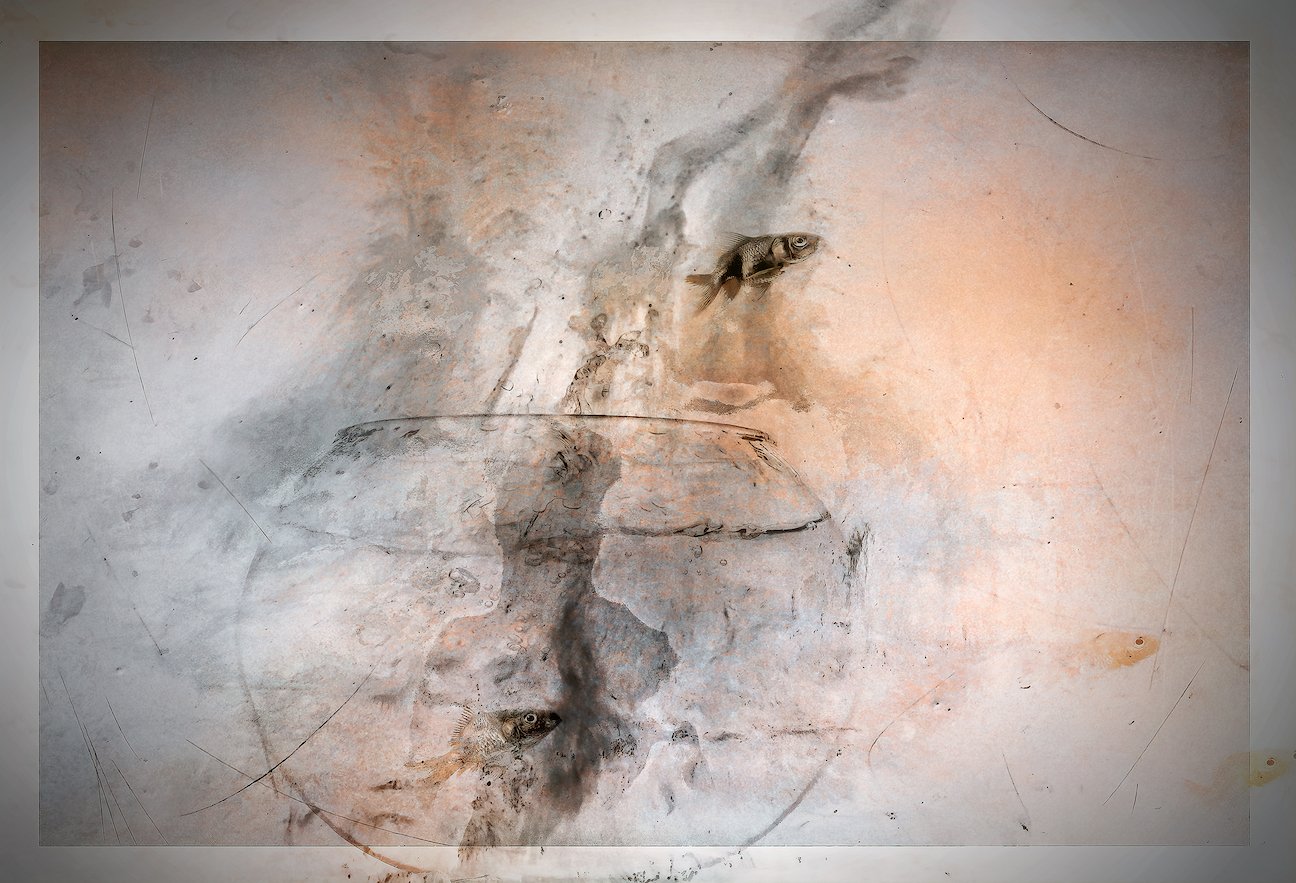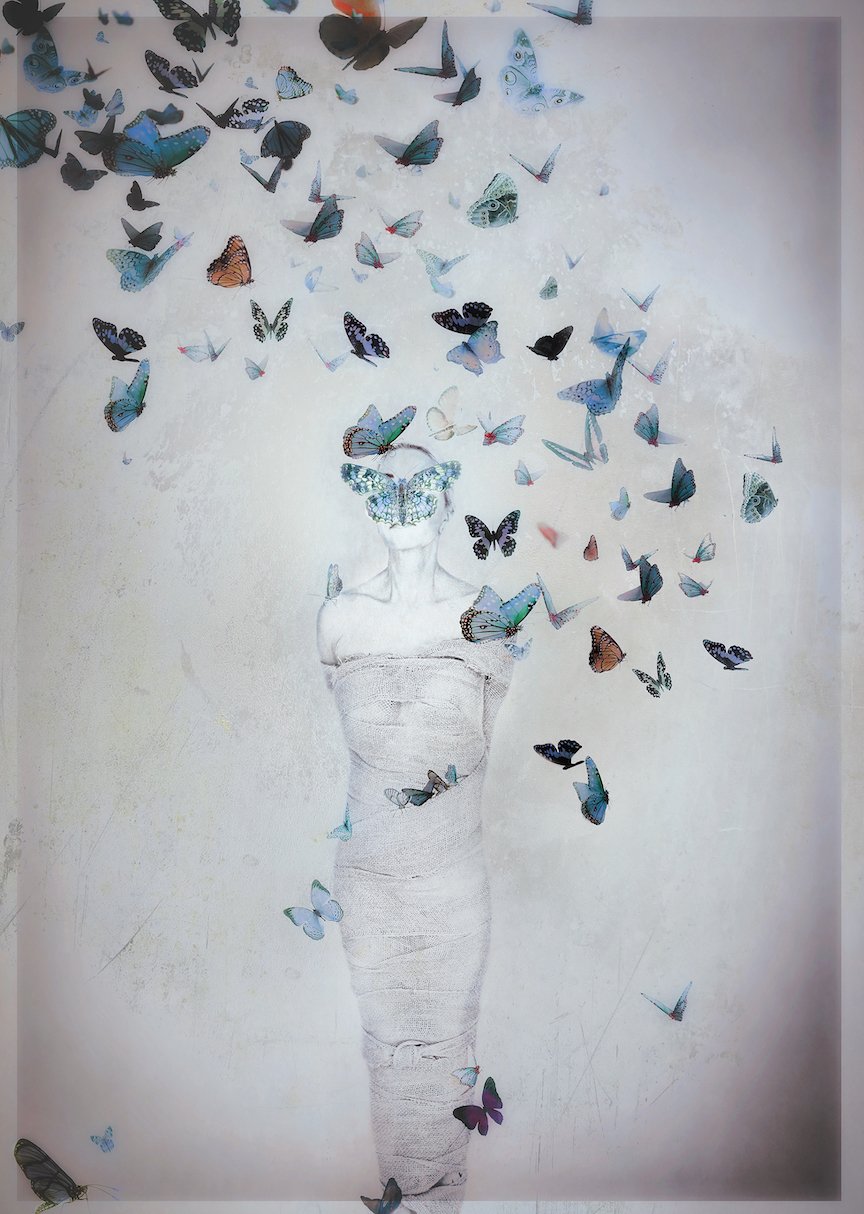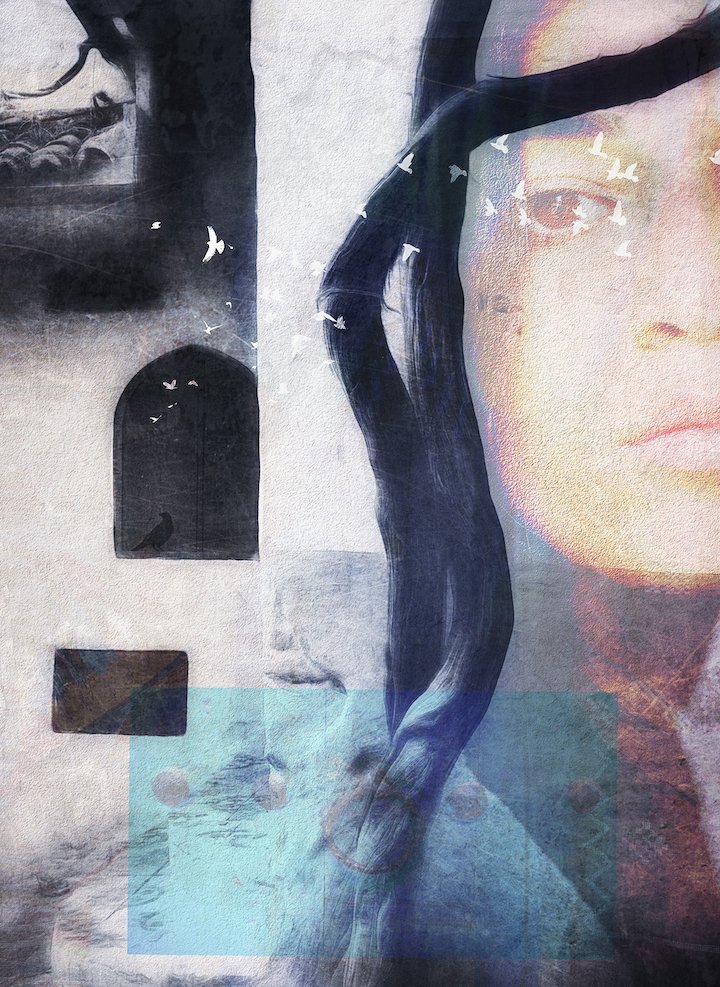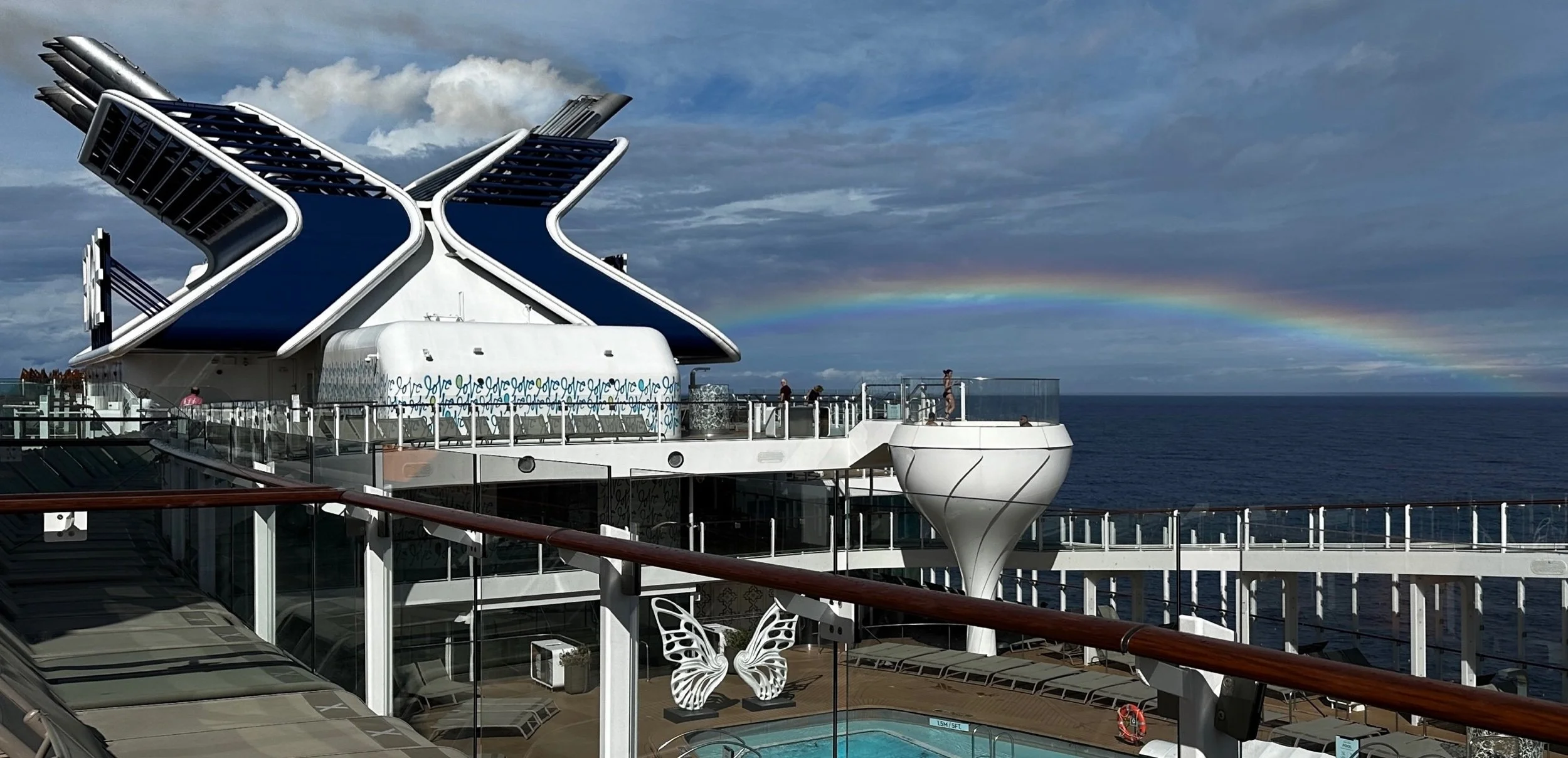Interview with artist Linda Harding
Linda Harding is fine art digital photographer from Little Rock. Her images, which blur the lines between the natural world and the fantastical, are are beautiful and haunting. More of Linda’s work can be found at Boswell Mourot Fine Art in Little Rock and at her website lindahardingphotograph.com.

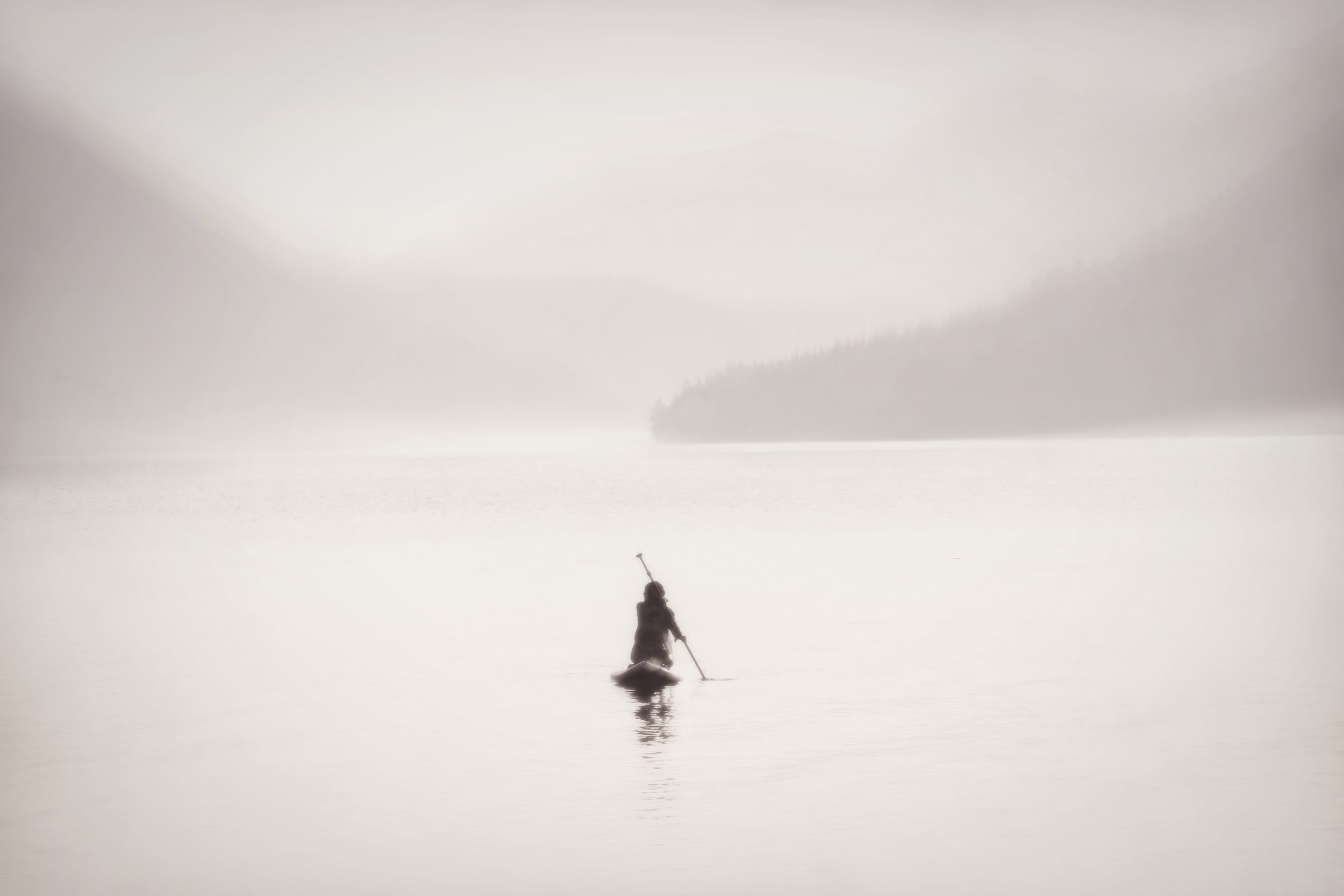
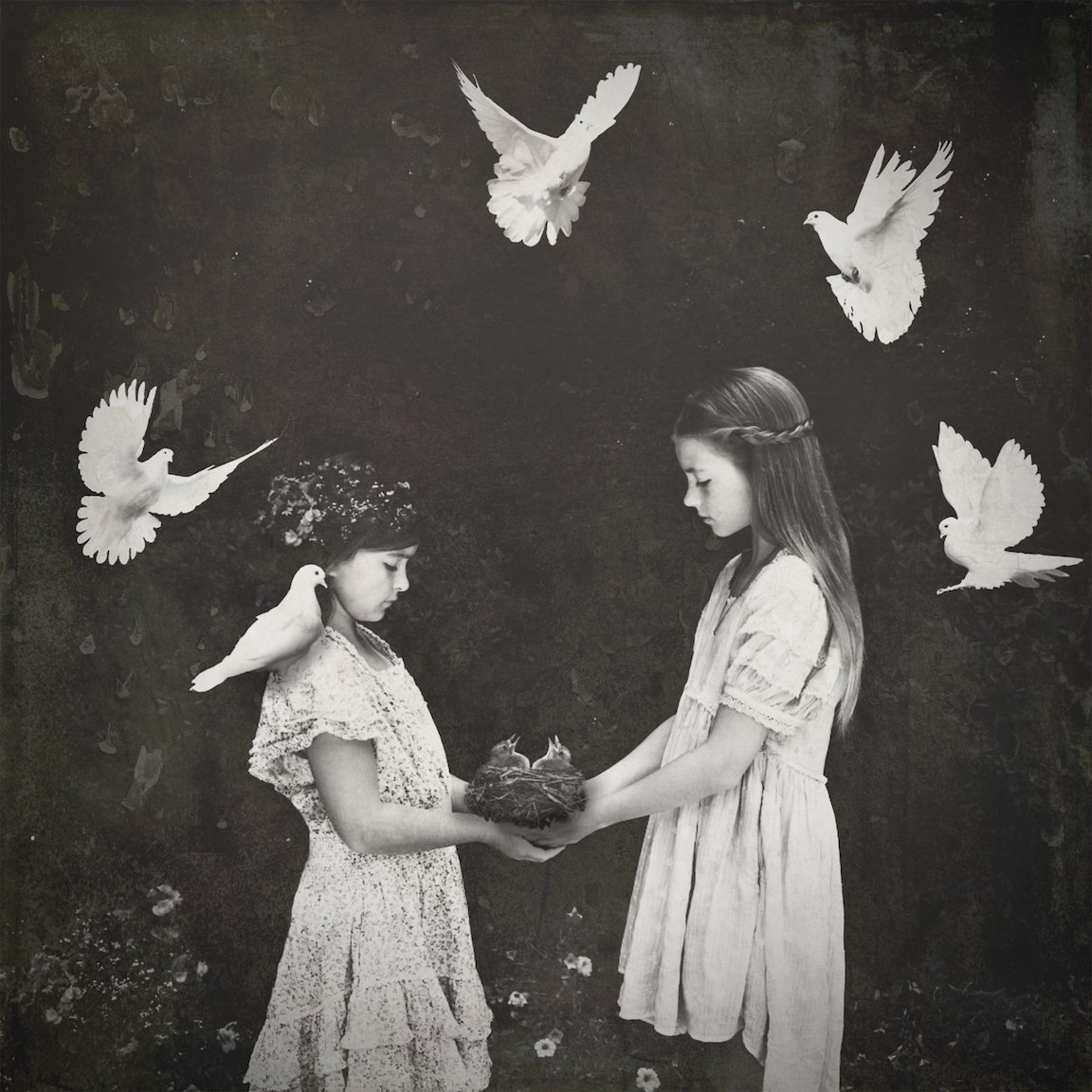
AAS: Linda, have you lived all your life in Arkansas?
LH: I was born and raised in North Little Rock, Arkansas and graduated from the University of Central Arkansas in 1982, with a degree in Speech Pathology and Special Education. I later attended the University’s School of Nursing after marrying and raising three children.
AAS: When did you first recognize your love of photography and the technical side of it?
LH: I did not grow up in a family with any art history. I grew up in an era when children were not to be seen or heard. I spent a lot of those growing up years in my room cutting up clothes and making new items to wear. Hand stitching and handiworks were always in my room, as well as sketchbooks and drawings. So, I have always been a creative of some sorts. I found my love of photography in college when my roommate was taking a class in photography. I was mesmerized with how a camera sees and developing film in the darkroom.
From that point on, I was hooked. I bought my first digital single-lens reflex camera soon after college and made darkrooms in my bathroom. I remember my first roll of film out of that all-manual camera. I picked the roll up from the developer, and it was all blank! Well, that started the process of learning the camera. I bought every manual I could find at that time with instructions. Of course, I documented my family and their lives growing up. After the children were almost grown, I knew it was time to move forward with my passion. I had to learn how to use a computer, a digital camera and Photoshop, so I hired a high school kid to show me how to use a computer and teach me photoshop! We met every week to learn one new tool in photoshop each week and how to navigate a computer! My best asset is my persistence and consistency!
AAS: I want to start with a dramatic image, The Light Catcher. Tell me about that image and how it came together.
The Light Catcher, 24” x 36”, digital photograph
LH: The image The Light Catcher was photographed last fall in the Paulose, Washington State. The Paulose is known for its growing of canola fields. This was beautiful as it was, but I like to use metaphors to emphasize my feelings or how I view a scene. There was a significant difference. The Light Catcher was not about the subject I photographed, but for something else that corresponds to my feelings and what I saw. In this case, I chose to replace the clouds with a dark, moody sky and brighten up the canola fields in the foreground. This made it a much more transient scene showing the passing of time.
AAS: Your images are very diverse, but all, as you put it, transcend reality. Nature’s Substance is a wonderful image. Strange, but it made me a little sad when I first looked at it. There is a loneliness to it.
Nature’s Substance, 24” x 36”, digital photograph
LH: In my photographs, I want the viewer to search for a meaning. It begins with asking questions and to motivate the viewer to search for the mystery in the image. Each person’s viewpoint will always be different because of their individual experiences. In Nature’s Substance, the cypress trees in a lake in South Carolina were quite lovely, with blue skies and blue water. But I chose instead, to put them into a cloud scape, reflecting in water. I am showing an abstraction from reality, from the real world to an imagined, magical world. The image is representational, yet choosing to make it black and white and semi abstract evokes a feeling or mood. Giving the viewer the chance to ask themselves the question or meaning of the image.
AAS: The Soul of the Earth is something completely different. Here you use color to enhance a dreamlike and nostalgic quality.
The Soul of the Earth, 24” x 36”, digital photograph
LH: The Soul of the Earth was an image captured near my home. I have been experimenting with intentional camera movement, a style of photography where I move the camera while the shutter is pushed to create a movement of the image. The aesthetic lends itself to a different mood and gives a sense of something else rather than the depiction. Although this image is color, it is desaturated to give a better idea of what is being seen.
AAS: Why do you think you create these images? Where do they come from?
LH: My work is a dialogue between my imagination, my curiosity, and my desires to express the qualities of the transient, time, rebirth, and memory. I believe we all have the magical power to transcend reality. Adding metaphors and symbolism to my images enhance my narrative. All my images are self-portraits in a certain way. Each image reflects little snippets of my life that show up, to pull viewers into another world to escape their own reality, and into a magical space. I want my art to take the viewer to a world of inspiration and fantasy. I like exploring the concepts of fantasy, fairy tales and surrealism combined with the human form…our connection with nature. And, if you wonder how birds seem to find their way into my work, I have been owned by an African Grey parrot for 34 years. So, birds are important to me.
AAS: Otherworldly is one of your more abstract images – layer upon layer of color and imagery until it almost explodes. I just love it!
Otherworldly, 36” x 24”, digital photograph
LH: I do build layers upon layers into my images. Adding textures, light, and using a paintbrush in Photoshop, adds to the painterly look of the image. Adding symbols such as the woman holding a dead bird found in the yard, a bird nest on her head, birds and butterflies around her all help add to a narrative. The imagery draws the viewer into a dialogue. I used bright colors to show all the input we receive on a daily basis. In a world that is in flux, this image pieces together fragments of time, light and nature and the ephemeral integrations with nature and the outside world.
AAS: The Hiker is another extraordinary image. In that image, composition really takes control. Tell me about that image.
The Hiker, 30” x 30”, digital photograph
LH: The Hiker is a favorite image. This past fall I was in the Olympic State Park. I was on the beach at dusk. I turned around to see this guy hiking. I rushed to set my camera and I took two shots. This was the first image! As I was working with the editing, I decided just to play with how I wanted it to look. When I pulled down a curtain and reflected the mountain and hiker, I knew this was it! It gives this image a surprise element. Something to ponder and think about. That was my goal.
AAS: The Giver is one of my favorite images. It is a very mysterious image like neuronal pathways in the brain – sorry, but I am a biologist – and in it you used texture that looks almost like fingerprints. How did that image come to you?
The Giver, 30” x 30”, digital photograph
LH: Not unlike the image, The Giver… is mysterious. In such an image, the viewer doesn’t know what is surrounding the subject, which begs the audience to ask questions. And again, the textures on top of the image play a role in telling the story. When putting textures in an image, finding the right idea to play with, the color or the lack of color, helps the story unfold. I have many textures that I photograph in a folder on my computer, so I have them available when I need them. I love this quote from Joseph Campbell, “Accidents in your life often become main plots.”
AAS: In Moose Antlers you seem to be taking the viewer into a dream. Tell me about that image and are dreams something you like to explore in your work?
Moose Antlers, 36” x 24”, digital photograph
LH: I believe artists have a magical power. We can bring you into our dreams and our worlds that only exist in our minds. As I said, I am heavily influenced by fairy tales, mythology, and magical beings. In this image, Moose Antlers, she is a goddess, with a dream – like aura. I found the antlers from a woman in Alaska. She sells them online after searching for antlers that have been shed. I changed her hair to a purple color and the greenery on the headpiece to give her a soft touch. The birds are following and protecting her soul. Again, many textures are added to pull the image together. Finding the blur and desaturating her certainly helped define the story here.
AAS: A few years ago, Governor Hutchinson appointed you to represent Arkansas at the Kennedy Center for the Performing Arts in Washington. What was that experience like?
LH: I was overwhelmed when Governor Asa Hutchinson appointed me to the Kennedy Center for the Performing Arts in 2019. Currently, I am the only delegate appointed by Governor Hutchinson in Arkansas. The other delegate, I believe has resigned. It is certainly a surreal experience. The Kennedy Center itself is amazing. It serves as the official home for the National Symphony Orchestra and the Washington National Opera, but it also hosts events including Broadway productions, dance and comedy shows and a range of concerts internationally known. The Kennedy Center strives to engage and uplift all learners through quality arts education in ways that spark curiosity, build empathy, and boost citizen artistry. I have met directors, writers, actors, performers, musician’s and more. The scope of learning about each of their crafts has been beyond what I could have imagined. My committee responsibilities include being an advocate of the Center and to help support and attend the programs…even the Kennedy Center Honors, among others. We also are very involved with the REACH, an open stage where diverse art forms come to break down the boundaries between performers and the audience. The REACH opened in 2019 and we vote on programs and educational opportunities. I believe education is so important, so that is where I spend my time. The Kennedy Center does not yet have a program in Arkansas, but I hope this will change one day. They are in the big states that can afford to implement music and performing arts programs for the schools. The Center has certainly broadened my horizon on the entertainment world and the gifts each art form has to offer. I encourage everyone, when you are in the area, to visit the Kennedy Center and attend any of the many of the shows they offer weekly to the public. So very uplifting!
AAS: Linda, what is next for you?
LH: I love photography and I love making pictures. I will keep rooting my images in reality but making a complete abstract image. The images will still be magical and probably dark, but still inspirational. Much like seeing through a pinhole camera. I am beginning to work on a new series that I am going to give myself time to develop and let grow organically. With passion extending beyond the camera and lens, I plan to create images of stories in a dreamlike way but rooted in reality – much like fairy tales.
